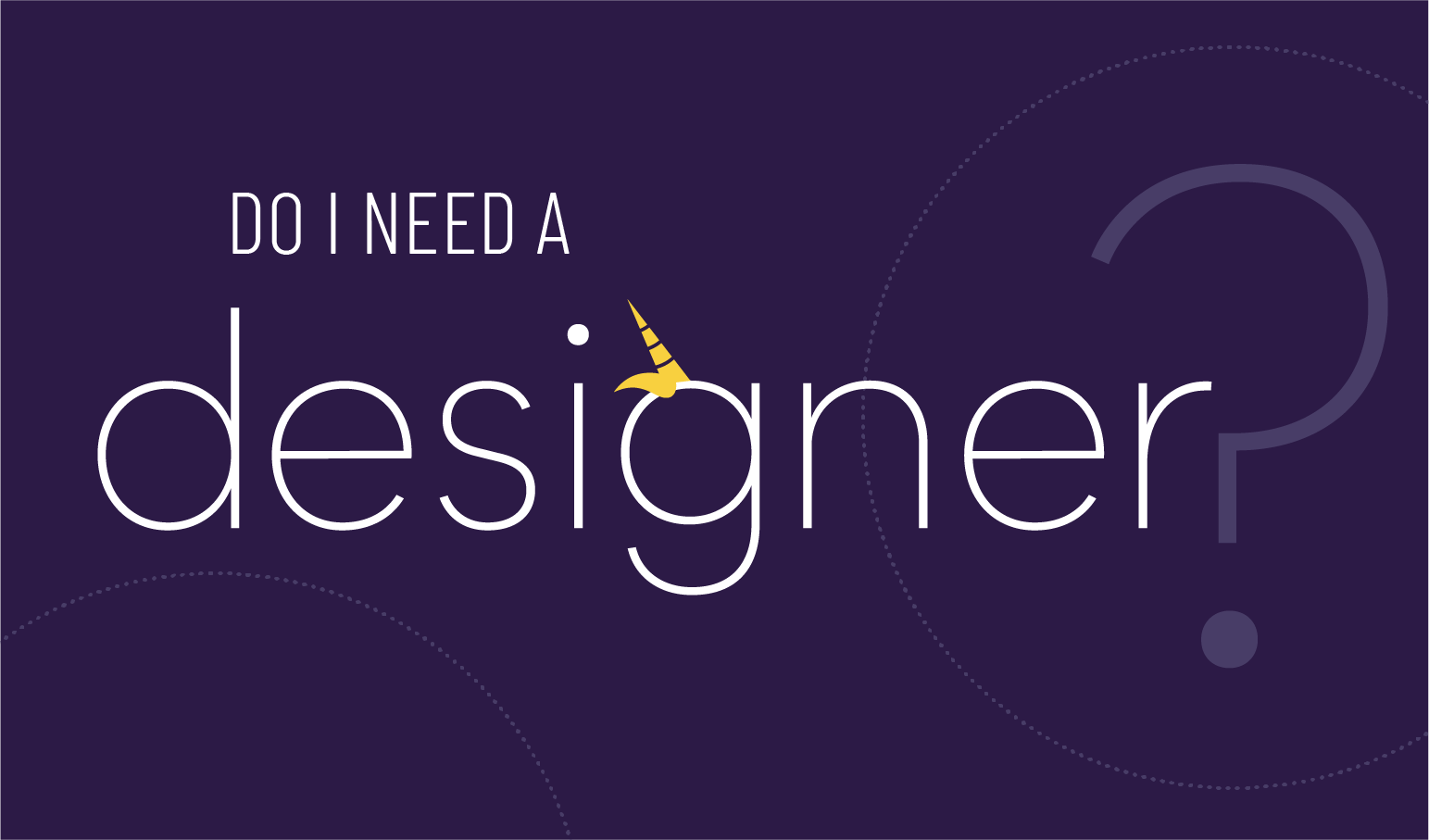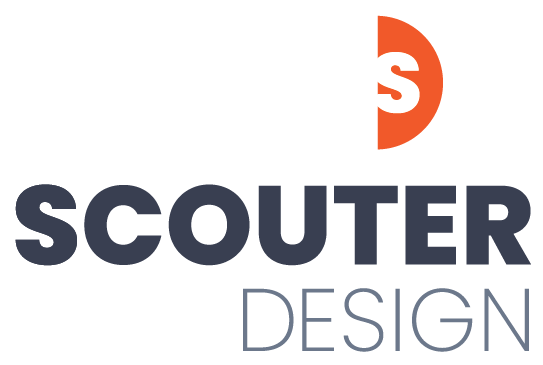
Any project that requires a creative solution for an unusual or complex problem is a good reason to bring in a designer. Do you have a proposal that is a strategic win? Is your logo and brand outdated? Do you need to present a very complicated process or idea to a client? Or are you developing a software that could use a more intuitive dashboard?
The first step is to find the right type of designer for what we need. Some designers have specific niches that they are expert in, such as branding, website development, print, multimedia, or UX/UI. Once we find the right designer, it's important to include them at the beginning of the project and in all relevant meetings.
A designer can bring a unique perspective to a project. Through research, designers will explore how other industries solve a similar problem and then brainstorm different design approaches that can set us apart, while conveying the necessary message to our audience.

The term graphic designer is believed to have first appeared in William Addison Dwiggins's article "New Kind of Printing Calls for New Design" in 1922. Personally, I feel that it was Paul Rand who really elevated the field of graphic design as we know it today.
"The designer does not begin with some preconceived idea. Rather, the idea is the result of careful study and observation, and the design is a product of that idea."
-Paul Rand
Gaining buy-in from colleagues to bring a designer on board.
Often we like to stay in that safe zone where we recycle the same ideas over and over because we know it works. Have you ever heard, "We've always done it this way and it still works."? Trying a different solution can feel daunting and requires trust to take that leap of faith. So how can we make our case to the team?
Designers are very collaborative and enjoy team settings. They very much want to see us succeed and will partner with us to find the right solutions to deliver the results we are hoping for. A designer will listen to what our goals are, be flexible enough to design within our brand, and walk us through various concepts that we can choose from. Their intuition, knowledge, and experience will tell them when their concepts align with our goals and when some of those solutions move us away from the expected towards the unexpected. Often a designer will provide 2-3 solutions, one approach may be more conservative than the other, but all will solve the problem. These concepts are meant to be discussed and refined. Knowing this may be enough to convince your team and maybe even peak their curiosity.
That Aha moment.
Seeing the thought process of solving a problem through someone else's lens makes us aware of ideas we may never have considered before. It expands our thinking and can completely change our perspective on an issue. When we reap the benefits of this new idea we become believers. A designer can help us see that aha moment in a collaborative way by explaining how and why a new or different idea can work. This is why designers say that design goes beyond just making it pretty. It has to be functional, tell a clear story, and engage our intended audience.
Having a designer as a collaborative extension of our team can be energizing. Observing a new way of solving problems can break us out of our traditional modes of thinking and encourage us to continue to ask questions and push the boundaries. We are all creative beings. Sometimes we just need a slight nudge in the right direction and before we know it our team members are looking for other new and creative opportunities to propel our business forward.
Resources:
Brief history of graphic design. Really cool information here!
https://99designs.com/blog/design-history-movements/history-graphic-design/
© Scouter Design
Follow me on Facebook: @ScouterDesign | LinkedIn: ScouterDesign

